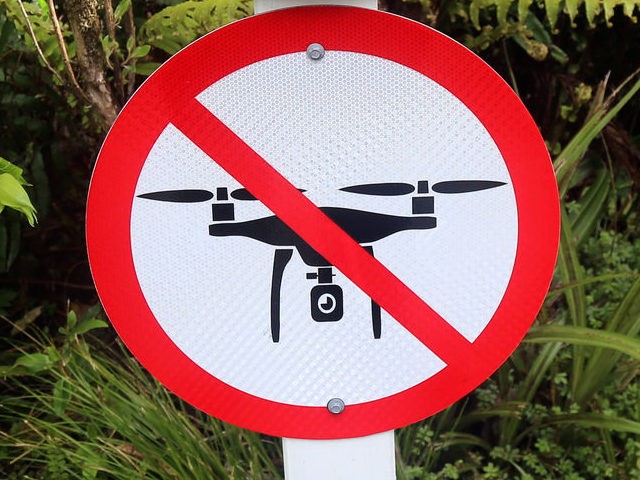With the global annual market for commercial drone applications growing from about $2 billion this year to an estimated $127 billion by 2020, the counter-drone wars are also heating up.
PricewaterhouseCoopers LLP published a report recently predicting that drone proliferation will soon be “boosting crop yields, verifying insurance claims, assisting in future Hollywood blockbusters” and be applied in thousands of yet defined opportunities.
“The cost of drone technology is falling so quickly that a number of everyday applications are becoming cost-efficient,” said Piotr Romanowski, a PwC partner and Business Advisory Leader. The new technology is allowing drones to create accurate three-dimensional maps and observe how they change over time, which could prove useful for infrastructure projects, verifying insurance claims and also for security applications, PwC said.
But with a 6,000 percent growth expectancy by the end of the decade, rogue drone activity is increasingly in the news for interfering with fighting wildfires, running into commercial passenger jets, blocking policing, and invading personal privacy.
As blowback, a Kentucky judge last year dismissed all charges against William Merideth for shooting down a drone flying over his home, based on the citizen’s right to protect his privacy. The ruling kicked off a number of states moving to pass laws authorizing police, firefighters and other public safety officials the right to blow pesky drones out of the sky.
The potential mainstreaming of vigilante activity caused the U.S. Federal Aviation Administration to issue an extraordinary national bulletin stating that under federal statute 18 U.S.C. 32, it is a felony crime to shoot down any aircraft, including drones.
With increasing numbers of individuals firing errant bullets at quadcopters, the FAA warned, “regardless of the situation, shooting at any aircraft — including unmanned aircraft — poses a significant safety hazard. An unmanned aircraft hit by gunfire could crash, causing damage to persons or property on the ground, or it could collide with other objects in the air. ”
Many of the worst drone-war offenders are the burgeoning corps of free-lance photographers who can immediately sell “breaking” overhead scenes of blood, gore or controversy to competitive media outlets for big bucks.
To reduce the renegade droners’ financial incentives, the U.S. Department of the Interior has begun a pilot program to give real-time access to data on all active wildfires to a couple of airspace mapping companies.
Southern California-based AirMap is working with drone manufacturer DJI to create “geofences” around wildfires. When a drone intruder hits the designated virtual boundary, geofencing software overrides the drone intruder’s flight controller programing and forces the drone to hover in place. Any intruding drone attempting to launch inside “geofenced” area will also be unable to lift off.
Mark Bathrick, director of the office of aviation services at the Department of the Interior, told the Los Angeles Times, “We really want to have this new community of pilots be as responsible as the manned aircraft pilots that came before them.”
Other U.S. regulatory agencies are trying to get ahead of the rising number of drone owners who might try to interfere with such sensitive and high-risk areas such as airports, military installations, nuclear power plants, and prisons.
Los Angeles avoided a potentially catastrophic event on March 19 at 2 a.m., when a full Lufthansa Airbus A380 passenger jet 14 miles out from LAX and descending to 5,000 feet on final approach only missed a drone by 200 feet, according to the FAA.
Big builders of military drones like Boeing Co. and Lockheed Martin Corp., along with a gaggle of start-ups, have all announced new initiatives to develop drone counter-measures — such as detection systems, controller interruption and laser cannons that can fry unwanted drones without spewing bullets that risk wounding or killing civilians.
At the U.S. Defense Department’s annual counter-drone demonstration, called Black Dart, the military revealed Boeing’s compact laser weapons system, which can disable or explode targeted drones in 15 seconds with a 2-kilowatt laser.
Michael Blades, senior industry analyst for aerospace and defense at research and consulting firm Frost & Sullivan, told the Times that with the commercial drone industry already experiencing exponential growth, counter-drone growth is likewise accelerating rapidly.

COMMENTS
Please let us know if you're having issues with commenting.